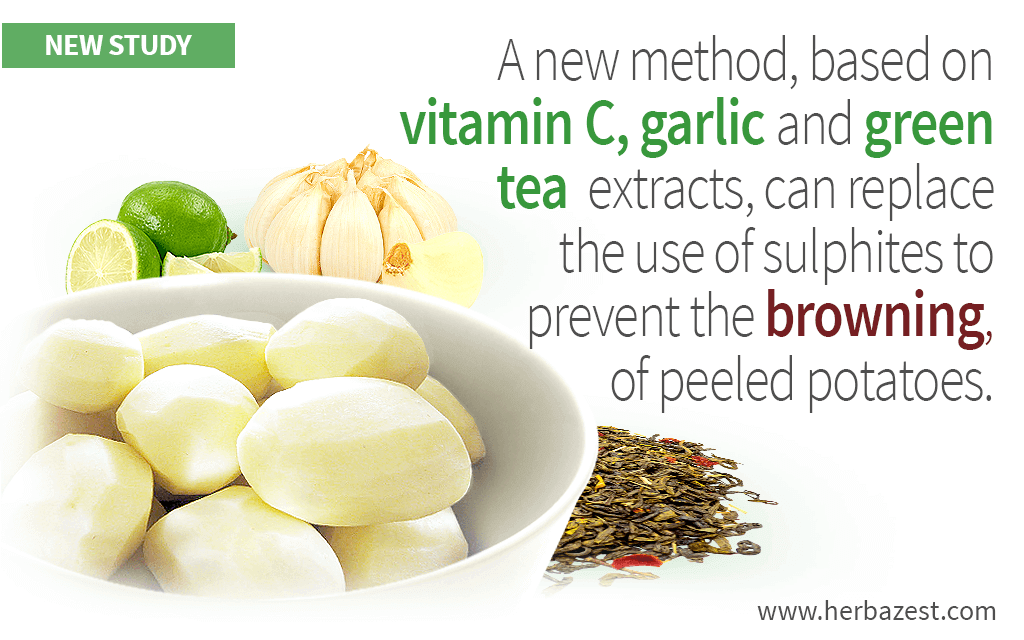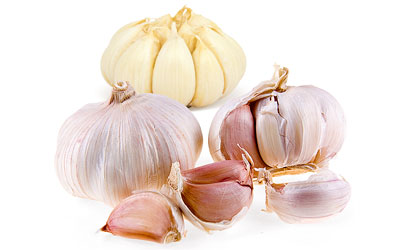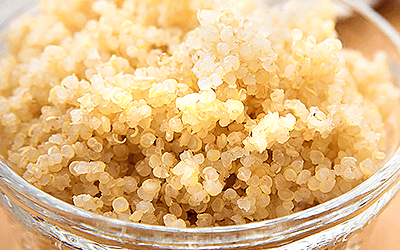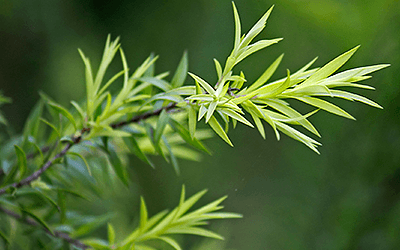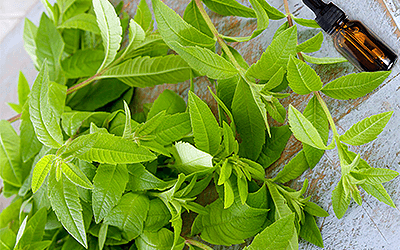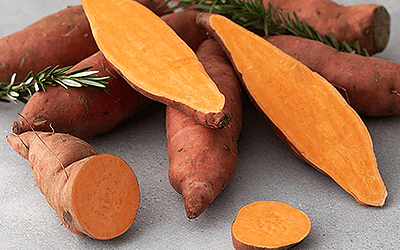Gloria Bobo-García, a soon-to-graduate PhD candidate in Food Science and Technology at the University of the Basque Country (Euskal Herriko Unibertsitatea), has proposed a cutting-edge natural alternative to sulphites and other potentially harmful food additives. Her new method is based on garlic and green tea extracts, combined with other natural ingredients, to preserve the quality of pre-peeled potatoes for up to 14 days.
Additives: A Headache for Manufacturers and Consumers Alike
A common industry method for keeping potatoes from going brown after cutting or peeling them has long been the use of sulphites, which are also well-known to migraine sufferers as one of the most common and hard to avoid triggers out there. Recent research has also linked sulphites to vitamin B1 (thiamine) deficiency, and they have been known to cause flare-ups among sufferers of asthma and rosacea. Because of this, their use in foods meant to be eaten raw (such as salad mixes) has been long banned in the U.S., although they continue to be used on many minimally-processed vegetables - especially frozen or pre-peeled potatoes and carrots.
A Safe and Natural Alternative to Sulphites
Bobo-García found that a solution made from a combination of vitamin C (ascorbic acid) with green tea (Camellia sinensis) and garlic (Allium sativum) extracts was capable of preventing potato browning for up to 14 days, provided they were stored at low temperatures - as they most often are at supermarkets. This method promises to revolutionize the normal methods for food processing and literally save thousands of headaches to people worldwide.
Sources
- Basque Research, New methods for maintaining the quality of minimally processed potatoes for 14 days, 2014
- Journal of the Science of Food and Agriculture, Intra-laboratory validation of microplate methods for total phenolic content and antioxidant activity on polyphenolic extracts, and comparison with conventional spectrophotometric methods, 2014
